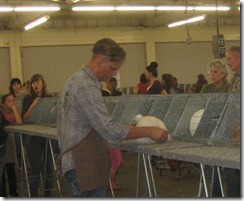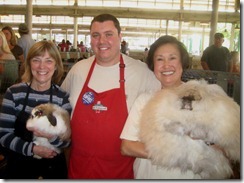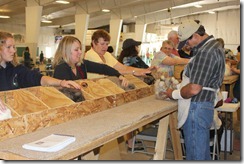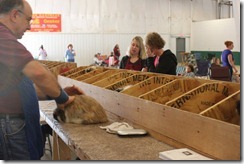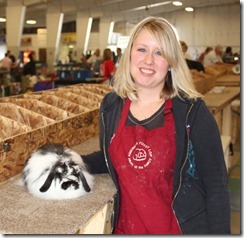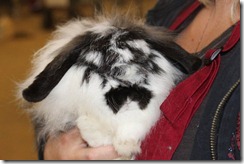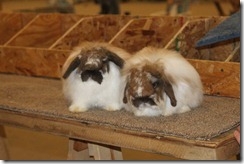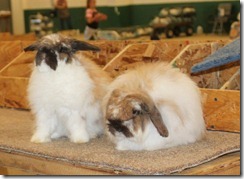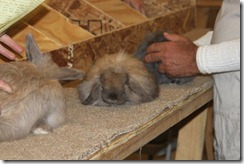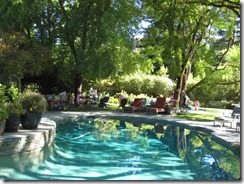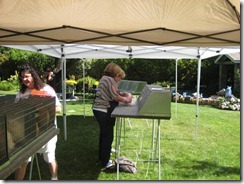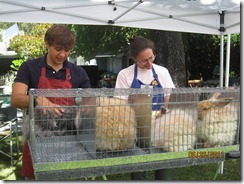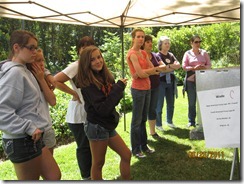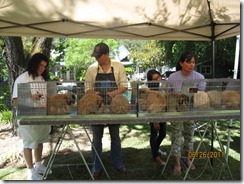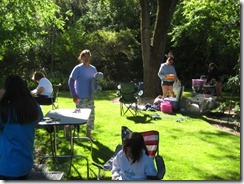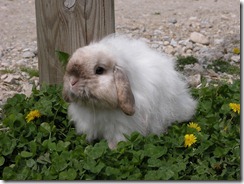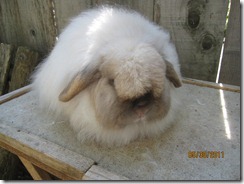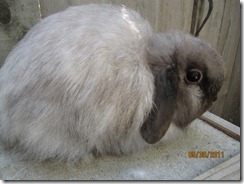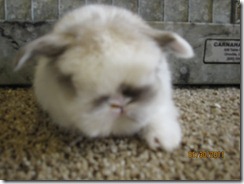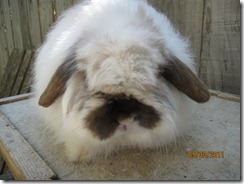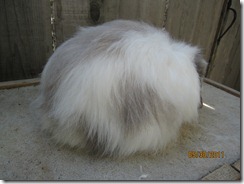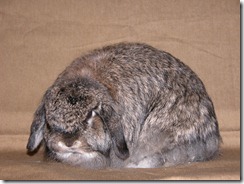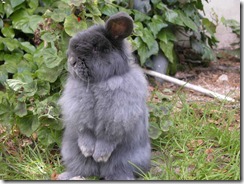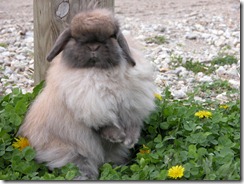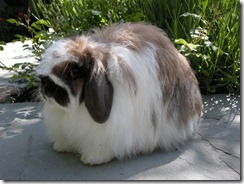Pack up those Christmas ornaments and clear away the New Year’s confetti. Its time to start thinking about the 2012 AFLRC National Show. This year it will be in Greensboro, NC and it promises to be awesome!
2012 AFLRC National Show
CAROLINA ON MY MIND
Saturday, March 10, 2012
Where: Greensboro Coliseum Complex, 1921 W. Lee St, Greensboro, NC 27403
Judges: OPEN Randy Shumaker, CA, Jay Hreiz, NC, YOUTH Jamie Green, GA
Host Hotel: Drury Inn Rate is $84, cut-off date for rate is Feb 9, 1-800-0720, or www.druryhotels.com, group #2115017, check-in after 3pm. Other hotels in area: Best Western, Hampton Inn, Ramada, Red Roof Inn, Sheraton
Airports: Greensboro, NC, Raleigh, NC (1 hr), Charlotte, NC (2 hr)
Banquet: Darryl's Wood-Fired Grill, $25/person, see separate banquet menu. Reservations with checks to be mailed to Lory-Ann Rubinstein.
Entries: AFL National Show: $7.00 per rabbit, $3.00 per rabbit wool
North Carolina RBA : catalog posted at www.NCRBA.com
Saturday, March 10, Show B Sunday, March 11, Show C and D . Entry deadline March 6, email to Judy Bustle, showentry@msn.com
Check-in time: Friday, March 9, 2012, 6-9pm, Saturday, March 10, 6-7am.
Judging begins promptly at 8:30am Saturday, March 10, 2012
Show Superintendants:
Helen Moore, h3lenm@bellsouth.net 704 583 8498
Ginger Mendat, mendat13@yahoo.com 704 299 6405
Show Secretary: Jennifer Green, jennfuzzylop@yahoo.com 803 424 4455
All Entries for National Show must be postmarked by February 27, 2012
Mail to: Jennifer Green, AFL National Entry
1828 Four Mile Creek Rd, Ball Ground, GA 30107
Make checks payable to Virginia Mendat/SFF
You may also use your 2010-11 sweepstakes gift certificates for entry fees
See catalog on AFLRC website
